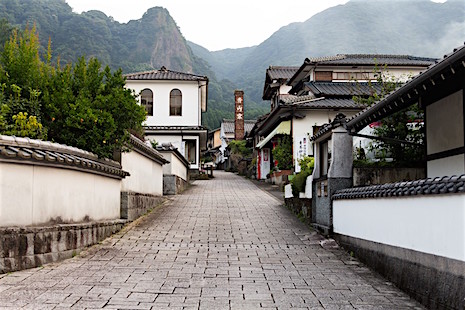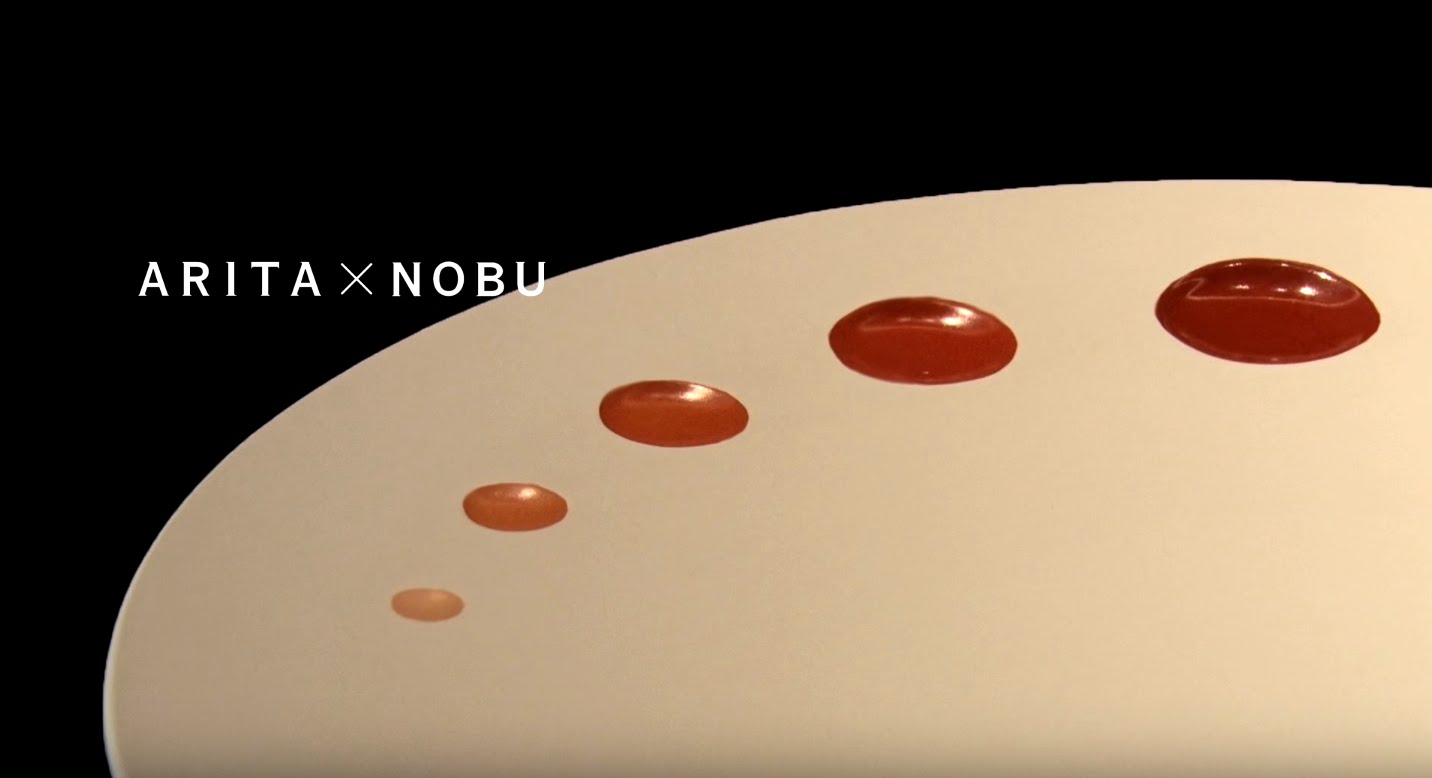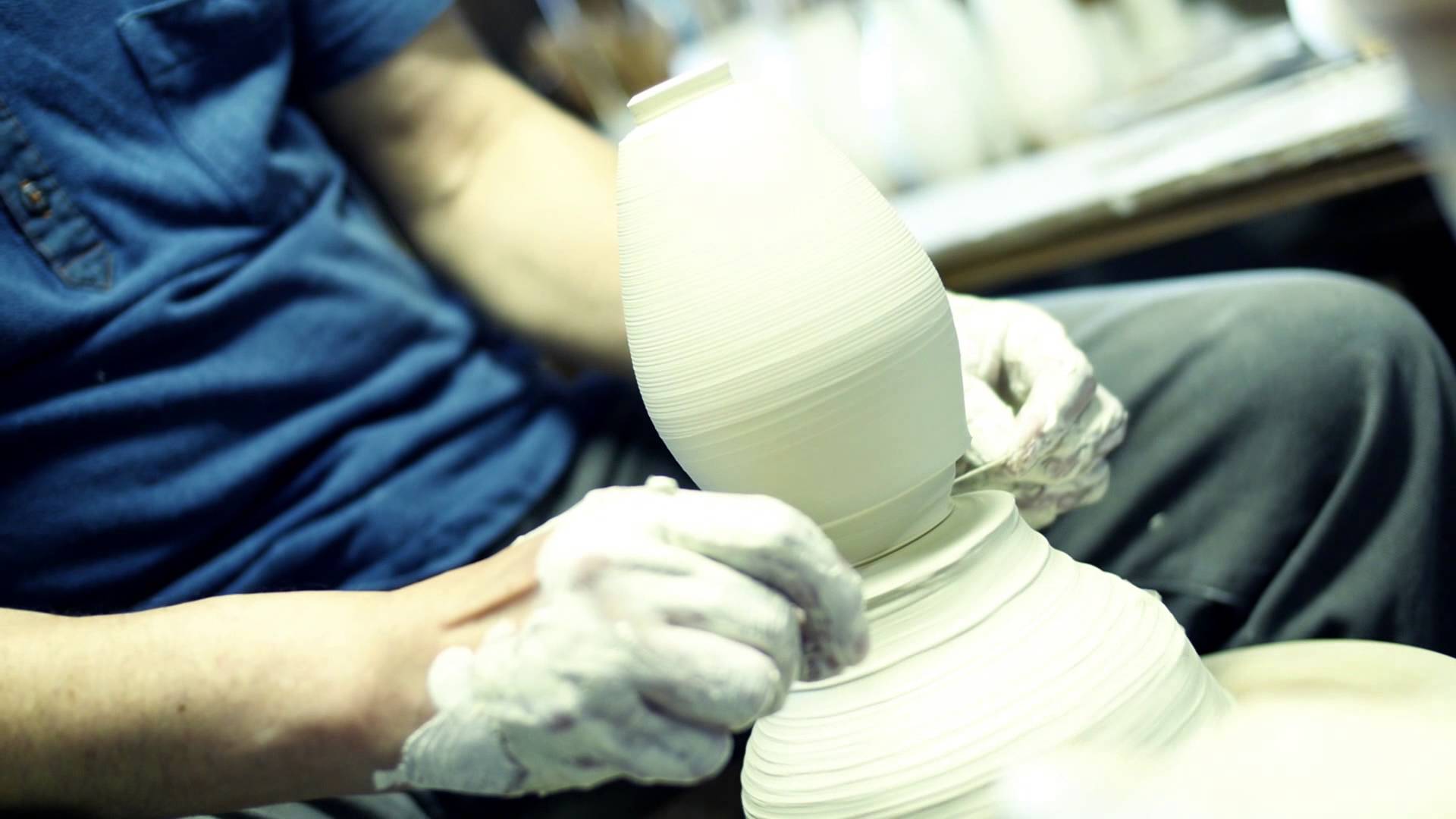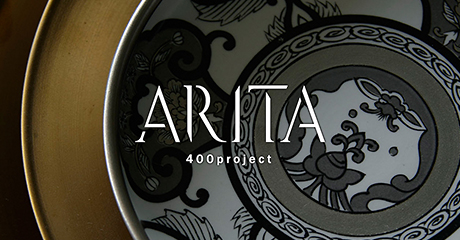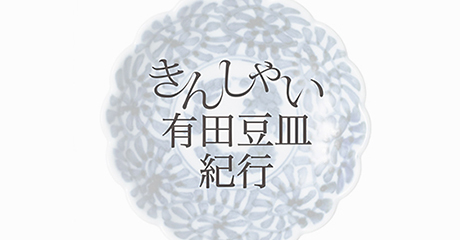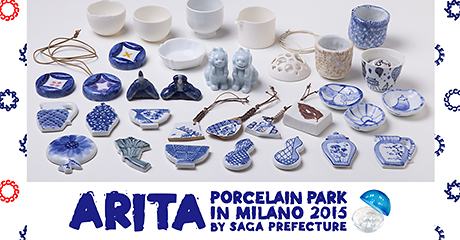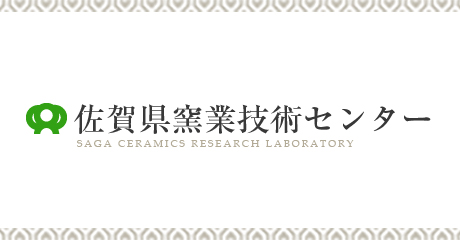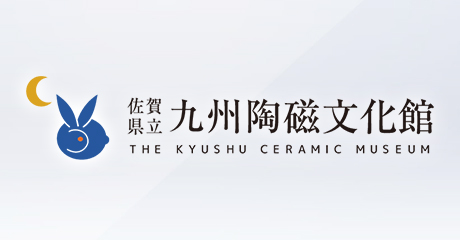The glories and tragedies of 18th century Arita
Just as there are many attractive varieties of Arita porcelain, the 400-year history of Arita is liberally sprinkled with many exciting events and human dramas.
This section introduces three events from the 18th century, all with their own distinctive light and shade. A typical story of hard-won success and beautiful designs is the Tsuji family’s elevation to the rank of kinri goyotashi. Goyotashi means a purveyor and kinri refers to the Imperial Court, Imperial Palace, or the residence of the emperor, and in today’s terms, it means a purveyor to the Imperial Household Agency.
In 1706, the Imperial Court gave an order to Kiheiji Aijo, the 4th generation of the Tsuji family in Kamikohira to directly deliver porcelain ware, and the family received a rinji (private message from the emperor) and an emperor’s gift cup.
The key person who engineered this honor was Date Tsunamune (1640-1711), the lord of the Sendai domain. When Imariya Gorobei, a porcelain merchant in Edo showed Tsunamune some sometsuke (blue-and-white) porcelain fired by Kiemon, the 3rd generation of the Tsuji family, the lord was greatly impressed with such exquisite craftsmanship, and straightaway offered it as a gift to the Imperial Palace.
Emperor Reigen (1654-1732) was very pleased, and through Nabeshima Mitsushige (1632-1700), the lord of the Saga domain, gave an imperial order for porcelain fired by the Tsuji family to be directly delivered to the Imperial Court. Since then, the tableware used by the Imperial Family have been made in the vivid blue and white porcelain.
In 1875, when the Koransha Company was established, Tsuji Katsuzo, the then head of the family, joined the foundation members. Sei, elder sister of Katsuzo, married Fukagawa Eizaemon VIII (1832-1889), and the Tsuji and Fukagawa families became related by marriage.*1 Since its foundation, Koransha had been serving as a purveyor to the Imperial Household Agency, and was able to not only survive the turbulent times, trading through the Meiji, Taisho, and into the Showa periods, but making great leaps forward as a business; one of the reasons for this success could be attributed to the company taking over the exquisite sometsuke techniques of the Tsuji family continuing from the 18th century.

Next, we turn our attention to two tragedies in Arita; one is a tale of smuggling and the other is a warning to all skillful potters.
The Tomimura were originally a wealthy merchant family in Kagoshima castle town and owners of 5 or 6 huge ships of over 2,000 koku volume (a koku is enough rice to feed one man for one year) with which they traded as far afield as India. At the end of the 16th century, in the time of Tomimura Gembei I, the Satsuma domain was engaged in an increasingly violent suppression of believers of the True Pure Land sect of Buddhism. The Tomimura family were followers and to escape persecution loaded their possessions on their ships, and fled to the port of Imari along with Morisaburo, a branch family. In 1635, about 40 years after the family’s relocation to the Imari-Arita area, Japan closed her doors on the world and trade with other countries was prohibited; however, despite such restrictions, on the back of their enormous financial power, the family continued to thrive as merchants and maintained their wealth and status.
The Tomimura business grew from strength to strength, until the 4th generation descendent of Gembei, Kan-emon overstretched himself. No doubt thinking of his ancestors who amassed a fortune through foreign trade, Kan-emon was unable to control his impetuous nature, and along with Ureshino Jirozaemon, the head clerk of the family, violated the shogunate’s prohibition and traded Arita porcelain overseas. Kan-emon loaded porcelain at the port of Imari, and headed toward the port of Hirado, where Jirozaemon was waiting for him. At Hirado, they collaborated with Imazuya Shichiroemon, a local merchant, set sail for India, and upon their return to Japan sold articles purchased abroad, making a great profit.
However, their success was short-lived, the trail from contraband foreign goods sold by Jirozaemon in Osaka led to the arrest of Imazuya Shichiroemon and all of the local people involved. At a prison in Nagasaki Jirozaemon withstood severe torture and denied the involvement of Kan-emon; however, Kan-emon gave up hope, and in May 1725, took his own life at his home in Odaru, Arita Town. Upon learning of Kan-emon’s death, Jirozaemon admitted his crime, and along with Shichiroemon and other accomplices was crucified in Nagasaki and eventually all had their heads displayed in public as a warning.*2

In the 18th century Arita, a skillful potter Soejima Yushichi was to run afoul of the domain laws governing the production of ceramics. Yushichi was the most talented potter in the whole Sarayama area, and in the 1780s was working for the domain kiln located in Okawa-Uchiyama, where many outstanding potters were gathered together, and to prevent any leakage of techniques, the domain established a barrier station and strictly controlled the comings and goings of its artisans.
In addition to his main profession as a pottery wheel turner, Soejima Yushichi was well versed in ceramic making including the mixing of ingredients, sculpture, twisted work, and kiln loading, and his distinctive works noted for their unusual charm were the object of much admiration. Nevertheless, Yushichi felt discontented living a life of no freedom, and he resisted the local officials and demanded reform of the cramped domain kiln system. His troublesome attitude was intolerable to the domain, and he was placed under house arrest many times, but in need of his exceptional talents, the domain continued to put up with him and treated him leniently.
However, Yushichi became increasingly outspoken until the domain was no longer able to ignore him, and finally deprived him of his license as a domain potter. In 1797, Yushichi, who had lost his job and was in hard straits, abandoned his wife and family and ran away.
Later, ceramics copying the Iro-Nabeshima style were found among Seto ware in a market in Kyoto. The trail led back to Yushichi who was hiding out in Seto in the Owari domain, one of the three branch families of the Tokugawa House. Kobayashi Dennai, a junior superintendent officer of the Saga domain, disguised himself as a seller of gosu blue pigments and successfully fooling Yushichi, captured him and took him back to the Saga castle town. Yushichi pleaded for his life, and indeed the Lord Harushige wanted to commute the death sentence, but he was obliged under the domain law to execute Yushichi, and so on December 28, 1800, Yushichi was beheaded on the execution ground at Kase, and as a warning to others, his severed head was displayed to public view by the Okawauchi thoroughfare.*3
Both Tomimura Kan-emon and Soejima Yushichi were daring entrepreneurs with a go-ahead spirit, but they were born in the wrong eras, if they had lived in the closing days of the Tokugawa shogunate or in the Meiji period, they would have had meteoric careers. These sad tales of men who were executed merely for trading and making ceramic ware bear stark testimony to the significance of the history of porcelain in Arita.
- *1 Yoko Ozaki, “Cushion Rug Bestowed by Emperor Komei” ‒ Supreme Treasure of Tsuji Seijisha ‒ Quarterly Journal Sarayama Spring Issue, No. 77, 2008, History and Folklore Museum of ARITA
- *2 “Songs of Sarayama Folks” History and Folklore Museum of ARITA journal No. 20, 1993, History and Folklore Museum of ARITA
- *3 Mari Chigita “PR Bulletin Arita September Issue” 1996, Arita Town
